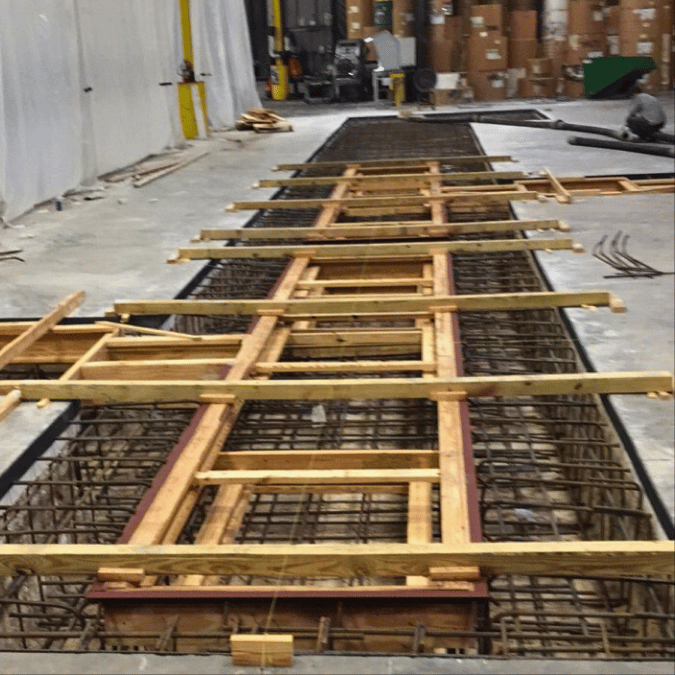Understanding Foundation Formwork:
Foundation formwork serves as the mold for concrete placement, shaping the footing and base upon which a building rests. Its primary function is to provide support and containment for the concrete until it sets and gains the required strength. Formwork systems for foundations can vary depending on factors such as soil conditions, load-bearing capacity, and structural requirements. Common types of foundation formwork include traditional wood formwork, metal formwork, and modern engineered formwork systems made of aluminum or steel.
Benefits of Engineered Formwork Systems:
Engineered formwork systems offer numerous advantages over traditional methods, including enhanced efficiency, durability, and versatility. These systems are designed to be lightweight yet robust, allowing for easier handling and assembly on-site. They provide greater flexibility in terms of customization, enabling contractors to adapt formwork designs to suit specific project requirements. With advanced features such as adjustable panels, interlocking mechanisms, and integrated safety components, engineered formwork systems streamline the construction process while ensuring precision and quality.
Types of Slab Formwork:
Slab formwork plays a crucial role in creating horizontal surfaces, such as floors and ceilings, within a building structure. Depending on the complexity of the design and load-bearing requirements, different types of slab formwork may be used. Traditional timber formwork, supported by props and beams, remains a popular choice for smaller-scale projects or where budget constraints are a consideration. However, for larger and more intricate structures, modular or panelized formwork systems offer greater efficiency and consistency in construction.
Installation Process:
The installation of foundation and slab formwork requires careful planning, precise execution, and adherence to safety standards. The process typically begins with site preparation, including excavation and leveling to ensure a flat and stable surface for formwork placement. Once the site is ready, formwork panels or components are assembled and secured in place, supported by adjustable props or shoring systems. Reinforcement bars (rebar) may be incorporated within the formwork framework to reinforce the concrete structure and enhance its load-bearing capacity. After the concrete has been poured and allowed to cure, the formwork is removed, revealing the finished foundation or slab.
Best Practices for Formwork Construction:
To ensure optimal results and minimize risks during formwork construction, several best practices should be followed:
- Proper Planning: Thoroughly evaluate project requirements, site conditions, and formwork specifications before commencing work.
- Quality Materials: Use high-quality formwork materials and components that meet industry standards and regulatory requirements.
- Skilled Labor: Employ trained and experienced personnel for formwork installation, operation, and removal to ensure accuracy and safety.
- Regular Inspection: Conduct routine inspections of formwork components, supports, and connections to identify any defects or deficiencies promptly.
- Safety Measures: Implement adequate safety measures, including fall protection systems, guardrails, and personal protective equipment (PPE), to mitigate hazards associated with formwork activities.
- Efficient Removal: Follow proper procedures for formwork removal to prevent damage to the concrete structure and ensure smooth finishing of surfaces.
Conclusion:
Foundation and slab formwork are fundamental elements in the construction industry, providing essential support and structure for building projects of all sizes and complexities. By understanding the importance of proper formwork design, selection, and installation, construction professionals can ensure the integrity, durability, and safety of their structures. With advancements in formwork technology and construction practices, the future holds promising opportunities for innovation and improvement in the field of foundation and slab formwork, paving the way for safer, more efficient, and sustainable construction processes.
